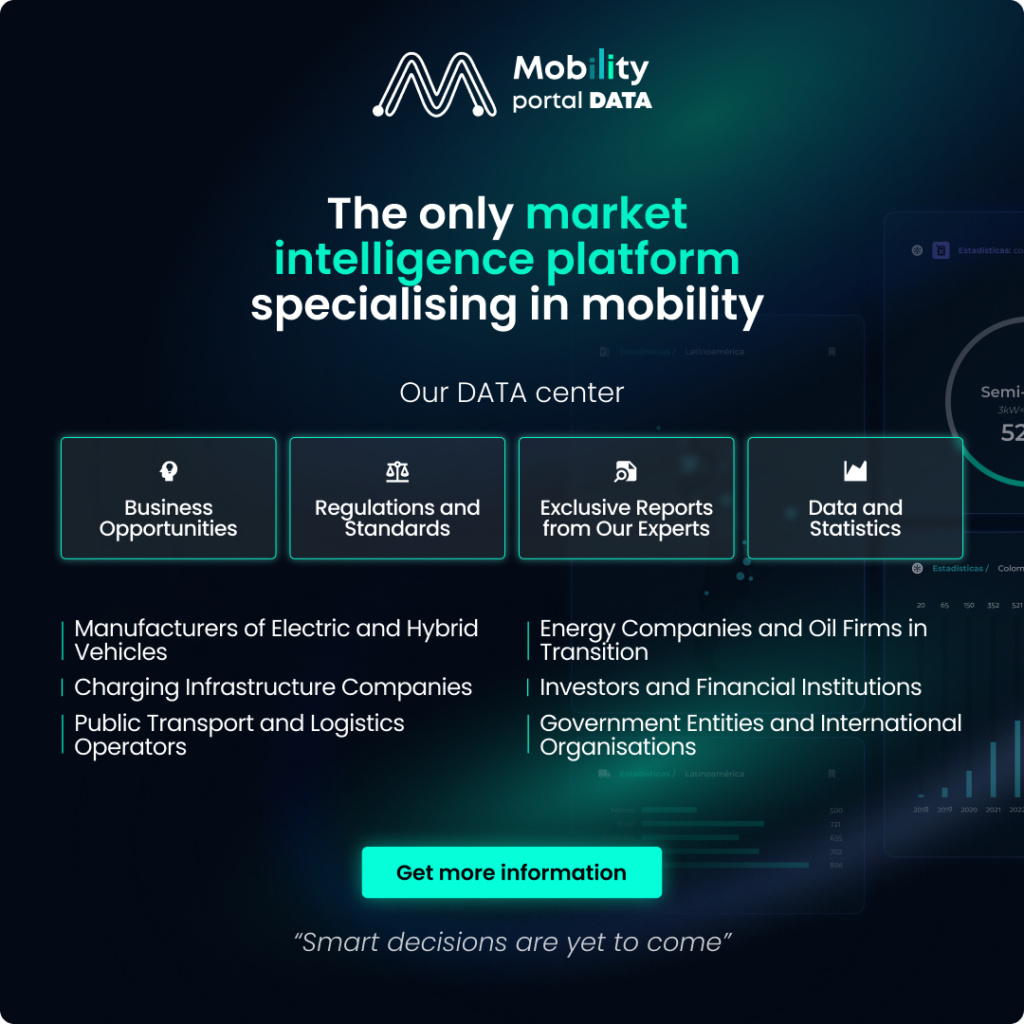With a focus on innovation and a strategic vision, Siemens is at the forefront of the evolution in the electric mobility sector.
Recently, the company unveiled the Sicharge D 400 High Power Fast Charger.

“This is the best technology in its class, with even more power, a wide range of features, and maximum efficiency,” says Marcel Brzank, Head of Product Management DC Charging, to Mobility Portal Europe.
This high-performance smart charging station stands out for its compact design and its ability to deliver up to 400 kilowatts (kW) of power in the shortest possible time.
When combined with the dispenser, it offers four outputs through a single grid connection, significantly optimising CAPEX for the operator.
Now, Siemens has its sights set on the future and is positioning itself to lead the next trends in the sector.
What’s next?
“We are working on three key areas that will define the future of electric vehicle ‘refuelling’: wireless, bidirectional, and megawatt (MW) charging,” Brzank reveals.
He elaborates: “Each of these technologies offers innovative solutions to current challenges.”
Wireless charging promises to simplify the process by eliminating the need for cables, while bidirectional charging will allow vehicles not only to receive but also to return energy to the grid or buildings.
Megawatt charging, on the other hand, is designed to meet the needs of heavy vehicles and commercial fleets, enabling rapid and efficient refuelling.
In this context, the company has already demonstrated its capability by successfully delivering a 1 MW charge during trials with a renowned truck manufacturer, “being the first to do so.”
The rise of the electric heavy vehicle industry is being driven by technological advancements in both battery and charging technology.
The growing demand for zero-emission transport solutions remains significant for long-distance routes, offering numerous opportunities for fleet operators.
“In combination with the current Combined Charging System (CCS), the Megawatt Charging System (MCS) will be a game-changer in the electrification of heavy vehicles,” Brzank asserts.
What other needs does Siemens identify in the sector?
According to the company representative, their customers are taking an increasingly holistic approach to their infrastructure requirements, paying more attention to total cost of ownership.
“Since we offer not only cutting-edge hardware but also software for complete management and operation, backed by a strong service force, we consider ourselves well-prepared to meet this challenge,” he states.
The Sifinity Charge application, for example, allows for easy management and sharing of chargers with external users, accelerating return on investment and improving the availability of points.
Meanwhile, for operators, Brzank assures that the primary focus remains on optimising business processes and driving revenue growth.
For this reason, Siemens’ software solutions are designed to enhance operational efficiency, reduce costs, and capitalise on expansion opportunities linked to their “refuelling” station.
This technology is also compatible with charging points and payment terminals from various providers, ensuring flexibility and adaptability in any electric vehicle infrastructure configuration.
“Regardless of how the eMobility landscape evolves, our solutions ensure that our clients are strategically positioned for success,” he emphasises.
How does Siemens view the arrival of Chinese products in the sector?
As more electric vehicles enter circulation, the demand for charging infrastructure continues to grow.
“We’re not complaining about that,” Brzank remarks.
At the same time, he affirms that competition among original equipment manufacturers (OEMs) and in the charging market is a key driver of innovation and improvement in the quality of available products.
“However, it is crucial to ensure that this competition remains healthy and fair,” he stresses.
So, how does Siemens seek to differentiate itself in the sector?
With a flexible portfolio that adapts to a wide range of use cases, from school buses to long-haul trucks.
The combination of advanced hardware and software solutions enables efficient and managed electrification.
“Our strong service force ensures optimal uptime and a smooth transition to electrification,” he emphasises.
Additionally, together with Siemens Financial Services, it provides attractive financing options, facilitating investment.








